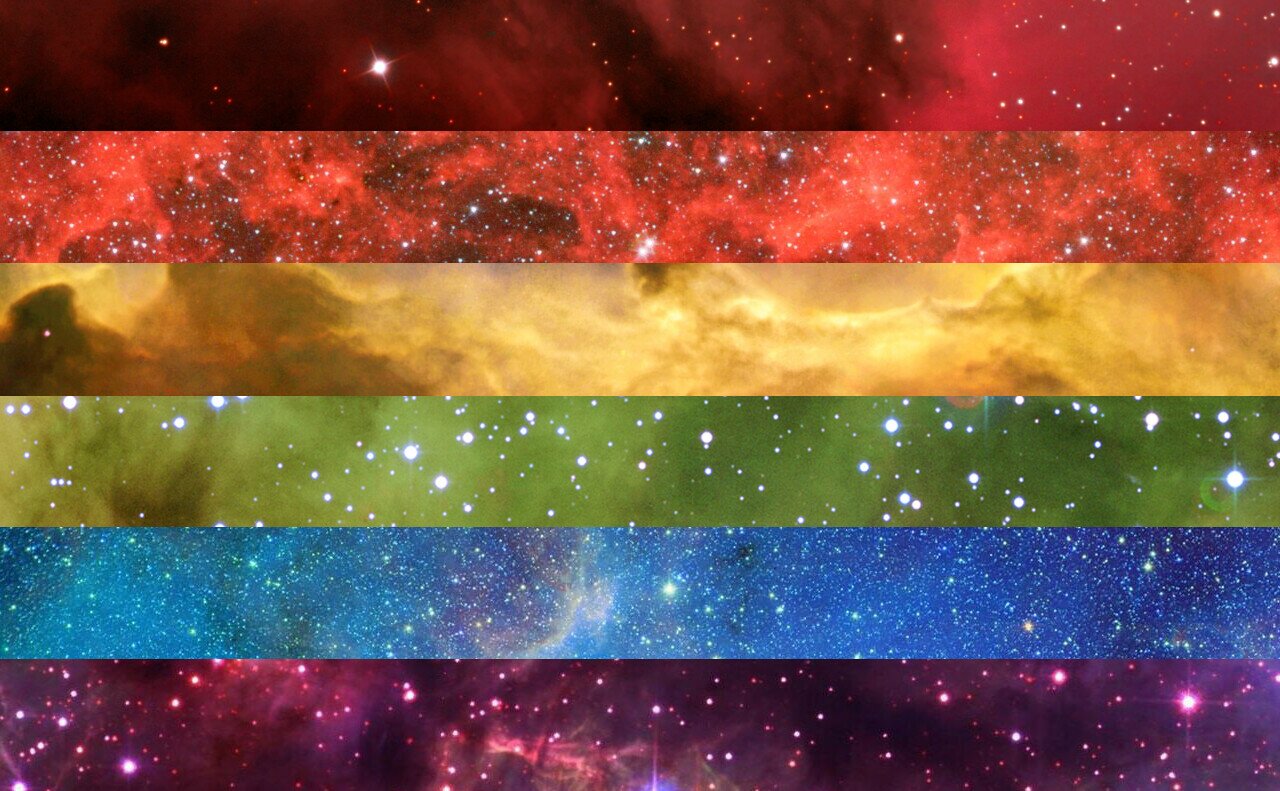It wasn’t too long ago that the pride movement was just using four letters: LGBT. Then it was LGBTQ. Then it was LGBTQ+. Then we added the I. And now we’re around to LGBTQIA+. That’s a lot of letters.
So why do we have all these letters, and what do they all stand for?
First, why we have them:
For a long time, our society has defined a cisgender and straight person to be the default. We then treat everyone like that’s what they are and that’s all they can be—unless they start putting up a fight over being something else (and often getting in huge trouble for it).
Not everyone fits that box. So all of us who don’t fit started banding together to help each other find acceptance and belonging.
These letters represent that collection of human beings who have banded together over being different from what society has defined as the default.
As we continue to listen to each other, we keep finding new misfit and hurting groups that band together with us. This group isn’t just about orientation anymore; it’s also about sex and gender.
That’s why the group of letters has expanded.
Here are what each of the letters stands for.
L stands for lesbian
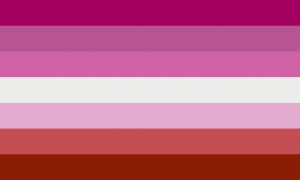
The first letter represents lesbians: women who are attracted to women.
G stands for gay
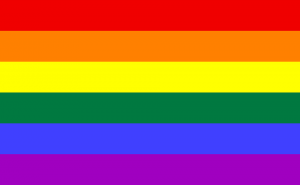
G represents gays: men who are attracted to men. The term “gay” is sometimes used as a more broad term, though, to reference people whose attractions aren’t necessarily straight.
B stands for bisexual
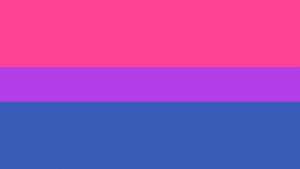
This letter represents bisexuals: people who are attracted to two or more genders. We’ve tried to lump pansexual in with this letter, but really, while they have similarities, it’s become clear that that’s a different sort of thing. So in some cases you’ll also see “p” added to the string of letters to make sure we’re including pansexuals, too.
T stands for transgender
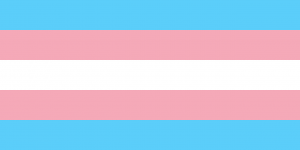
This letter is for transgender folks: people who were assigned a gender when they were born that doesn’t match who they really are. This covers transgender men, transgender women, and nonbinary folks. There are some nonbinary folks for whom the transgender label isn’t accurate, so you’ll also sometimes see “n” added to the string of letters to make sure we’re including all nonbinary folks.
Q stands for queer
The word “queer” is an umbrella term to include anyone who doesn’t fit the cisgender straight person box. But the word has a lot of baggage—more on that later.
I stands for intersex
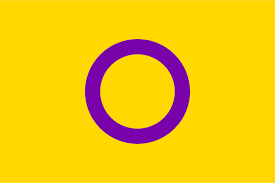
I stands for intersex people. These are folks who have a combination of male and female sex characteristics.
A stands for asexual and aromantic
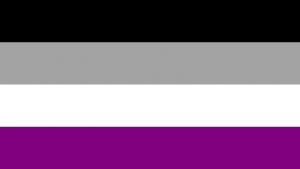
The A does double-duty, representing both asexuals—people who aren’t sexually attracted to any gender—and aromantic people—people who may be of any sexuality but don’t experience romantic attraction.
+ is for anyone yet to add
It’s not the most honorable mention to just get shoved into the “plus” category while everybody else gets their own letter, so that’s why the list of initials has expanded and keeps expanding. “D” is another letter that’s starting to get included too, for demisexual folks: people who experience a partial sexuality.
The plus has a more important purpose than being a catch-all for groups that don’t get a place of honor in the initial string. It’s really there to acknowledge that this group is open to expand and include any group of people who are unfairly treated as invisible or less than just because they’re different.
Why not just use “queer” for the whole shebang?
Queer is an umbrella term for all of us, so why don’t we just call the whole group queer?
As a matter of fact, a lot of us are already doing that. But it’s complicated. The umbrella tries to cover everyone, but it currently has a lot of holes.
It wasn’t all that long ago that the word “queer” was being used to shame, demonize, and mock a whole lot of us. Those wounds go deep. We can’t expect someone whose gay friend was killed in the 70s by men shouting the word “queer” at them to suddenly feel comfortable using that term to describe themselves.
Folks need time to heal.
That’s why we use the initials for now, and not a different word—we’re still in the process of reclaiming the word queer.
